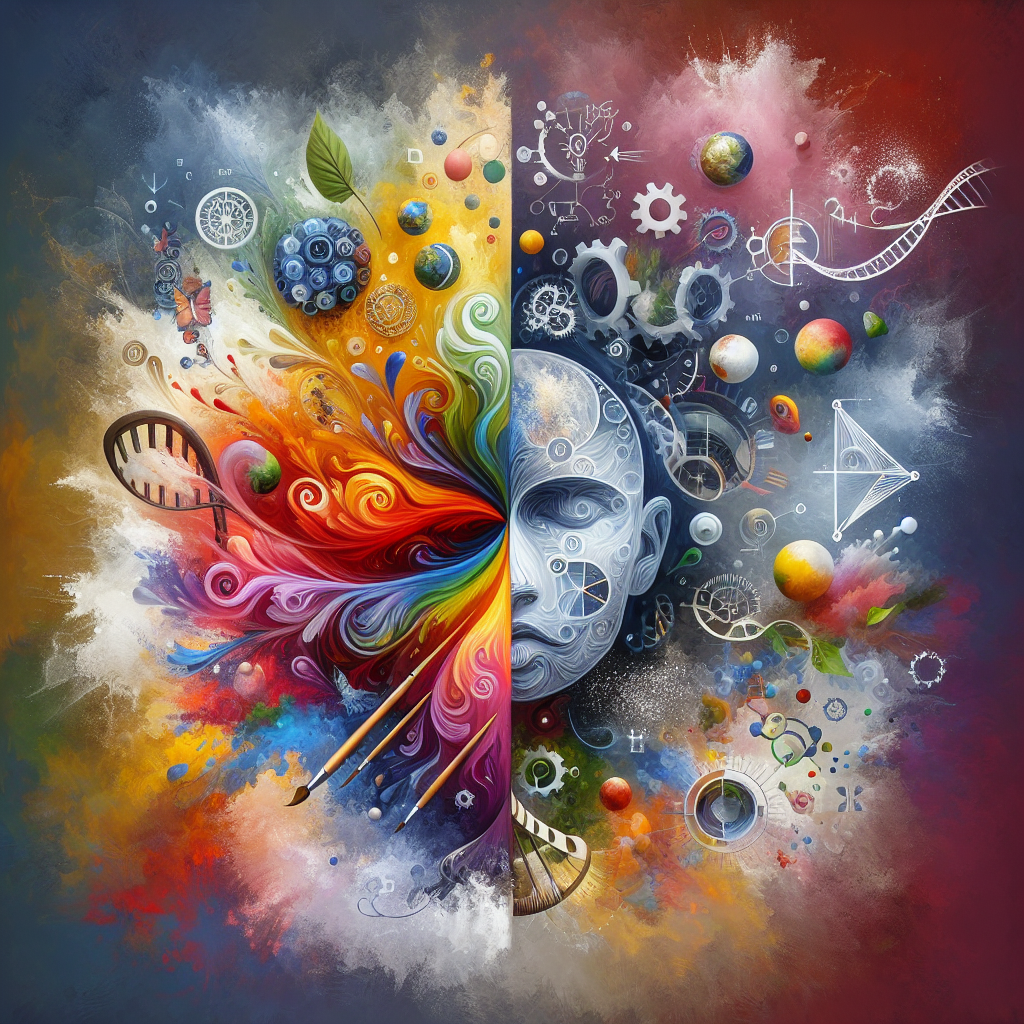Life is a series of transitions. These evolutions don’t cease; they continue to occur throughout our lives, each with unique challenges and opportunities. Our existence is ever-changing, whether it is entering adulthood, starting a new career, creating a family, or moving toward retirement. Thus, it is critical to understand and efficiently navigate our major life transitions, as they are an essential aspect of human development and autobiographical experience. This is where the art and science of life transitions come into play.
Understanding Life Transitions
Life transitions may be classified as predictable or unpredictable. Predictable transitions, such as retirement or puberty, follow a timeline. Unpredictable ones, on the other hand, come without warning, such as job loss or sudden illness. Regardless of the type, these shifts can elicit a variety of emotional responses, ranging from excitement and joy to anxiety and depression. It is essential to recognize and allow these emotional responses since they are an inherent part of the human experience.
The Science of Life Transitions
Science suggests that our ability to cope with life transitions comes down to resilience and adaptability – two key developmental factors. Resilience is the capacity to bounce back from stress or adversity and emerge stronger. Adaptability involves adjusting behaviors, attitudes, or expectations in response to new situations. Different biological, psychological, and social factors contribute to these skills, from our genetic makeup to our relationships and life experiences.
Certain life transitions may also encourage neural plasticity – our brain’s ability to change and adapt as a result of experience. This is vital for maintaining cognitive flexibility and resilience, particularly in later life stages. Research on the effect of life transitions on the brain is still in its early stages, but it is clear that navigating these events likely plays an essential role in shaping our minds and identities.
The Art of Life Transitions
The “art” component of life transitions refers to the subjective, personal, and unique aspects of our experience. It encompasses how we interpret and understand changes, the meaning we assign to them, and the narrative we create about our journey. Art also refers to the creative strategies we develop to cope with change, such as using expressive arts or mindfulness practices.
Embodying both science and art, the act of navigating transitions necessitates an interplay of our psychological understanding and lived experience. By acknowledging the scientific factors that shape our responses to transitions and using artistic outlets to express our feelings, we can navigate these changes with more grace and understanding.
Conclusion
Whether we like it or not, life transitions are an enduring part of our human experience. But understanding the art and science of these transitions can empower us to navigate them effectively. It is by embracing transition with resilience and adaptability, by understanding its impact on our brains, and by engaging with it in a meaningful, creative way that we can truly grow and find fulfillment in our changing lives.
FAQs
- What are Life Transitions?
Life transitions are significant events or experiences that affect our life trajectory, either temporarily or permanently. These can range from predictable developments, like aging or graduation, to unpredictable occurrences, such as job loss, various forms of trauma or a pandemic experience.
- What is the Science behind Life Transitions?
The science behind life transitions involves studying the factors that impact our capacity to cope with these shifts. This entails exploring concepts like resilience, adaptability, and neural plasticity, all of which contribute to our responses to change.
- What is the Art of Navigating Life Transitions?
The art of navigating life transitions refers to the personal, creative ways we understand and cope with change. This involves creating narratives, finding meaning in transitions, and utilizing creative outlets to express our feelings.
- Why are Life Transitions Important?
Life transitions, irrespective of their nature, can induce personal growth and transformation. They provide opportunities for self-reflection, learning about resilience and adaptability, and exploring new outlooks on life.
- How can I Handle Life Transitions Better?
Understanding and valuing the science of resilience and adaptability, embracing changes as opportunities for growth, and utilizing creative arts or mindfulness practices can prove beneficial in effectively navigating life transitions.

